The quietest, most serene corners of Vietnam are often completely passed over by traditional methods of transportation — a true shame, if you ask me. You’ll never see a bus of tourists heading to places like Quảng Ngãi or Bảo Lộc, but on a motorbike, it’s a real life choose-your-own-adventure novel. Gear up, it’s time to become an author.
The verdant, undulating mountains that cover most of the country are home to some of the friendliest souls, stunningly untouched sights, and crazy-fun riding opportunities.
Bikepacking is kickass, and you should try it
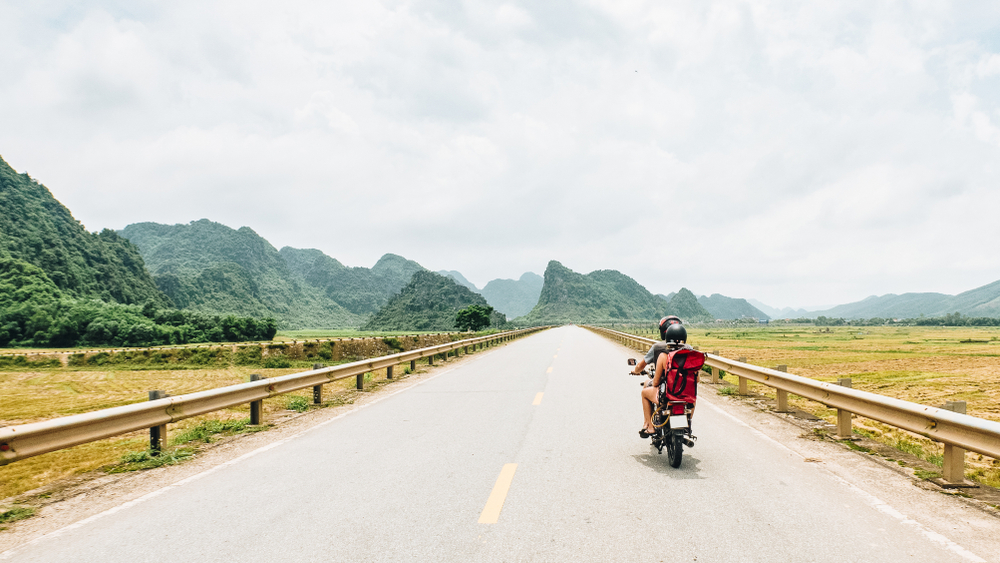
Think backpacking, but somehow even better. Bikepacking is freedom at its fullest: open roads, the wind on your skin, and navigating unseen lands at whatever pace you choose. Mobility never felt so good. It’s almost like traveling within travel — travelception, if you will. It may seem completely outlandish, because, well, it kind of is. Besides the awe-inspiring adrenaline, it’s an incredible way to really get to know a country, both in landscape and culture.
Between bicycles, motorcycles, and scooters, bikepacking can take a few different forms. In Vietnam, it’s most common to ride a scooter or motorbike. You can certainly ride a bicycle across the country too, applying many of the same principles of preparation.
Most riders will start in Hanoi or Ho Chi Minh City where there’s a huge selection of motorbikes and scooters. You’ll feel like a kid in a candy shop browsing different options, or maybe more like a kid in an engineering firm because everything is confusing and you have no idea what to do (me). Fear not. Here’s how to find and select your new wheels:
Where do I start?
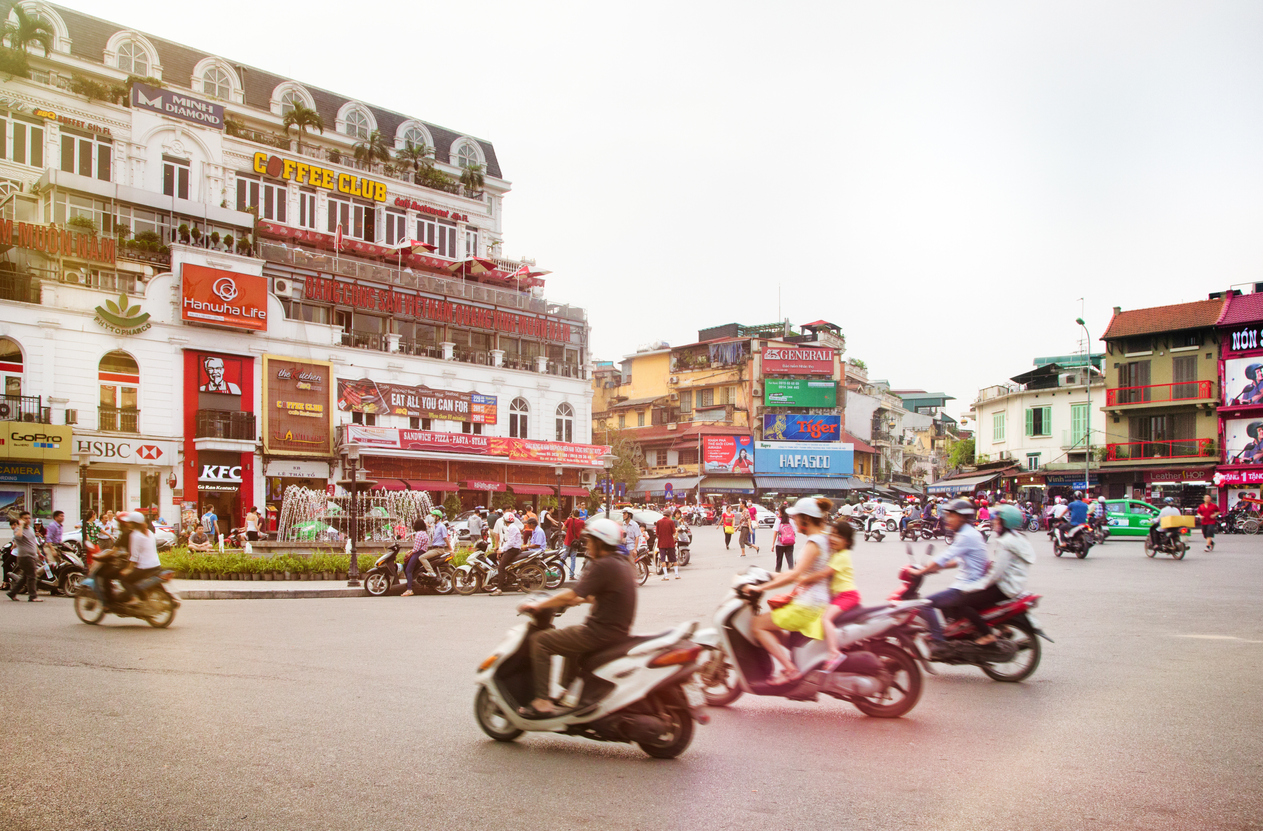
It’s not hard to find a motorbike in Vietnam. The streets are crawling with them (good luck crossing) and shops are numerous. Basically, you have two options for making a purchase.
Option one is to buy from another bikepacker who has completed their trip. You can find sellers on Craigslist, or Facebook groups such as Vietnam Backpacker Sales and Backpacking Vietnam by Bike. Some backpackers will get crafty and post signs in hostels, so you can always take a loop on foot and find some bulletin boards.
Option two is to check out some of the local dealers. I found my bike from a local dealer east of the Old Quarter in Hanoi. There are a handful of garages across all major cities, so you won’t have trouble finding what you’re looking for. Most dealers are honest and won’t try to screw you over.
Should I rent or buy?
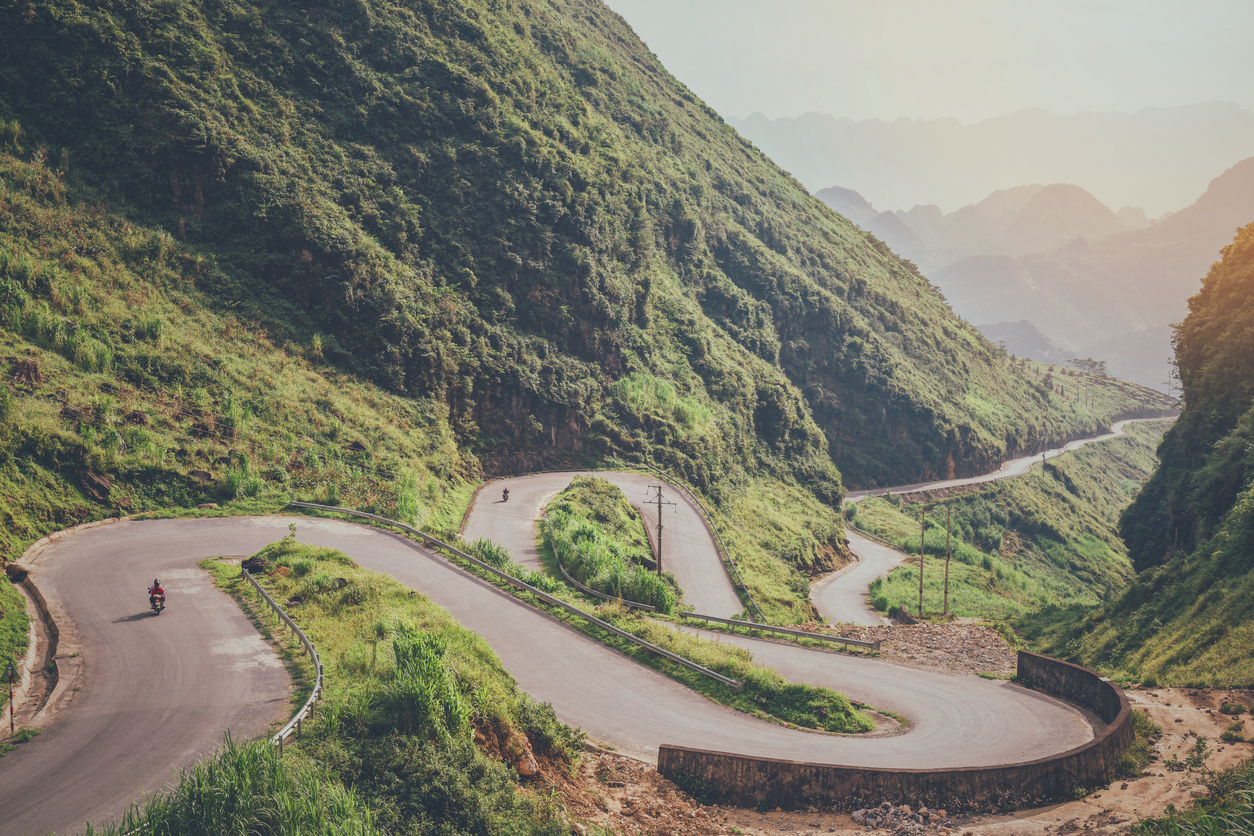
My strong recommendation is to buy your bike, but it depends on the amount of time you have for your adventure. Selling your bike can take up to a week, or maybe even more. Renting will give you some peace of mind if you’re crunched for time. Otherwise, buying is the way to go; there’s no need to worry about repair fees or return dates and it’s pretty badass.
Manual or automatic?
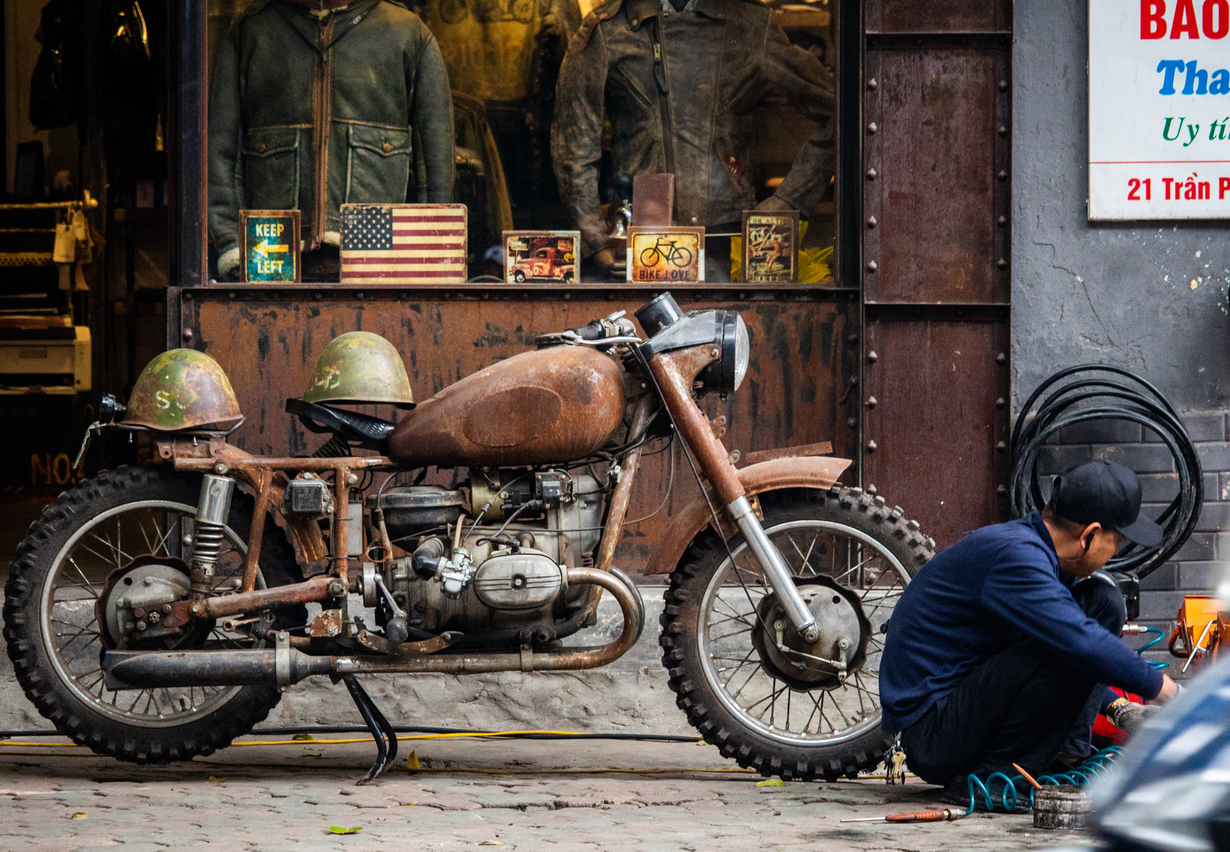
Newbie riders will want to stick with an automatic bike. Less is more, and riding a bike across Vietnam is already…far than more. Yamaha Nouvos are very popular and they’re easy to get repaired in a pinch, if need be. The most popular manual bike is the Honda Win, which is the poster child for bikepacker travel in Vietnam. It’s made with Chinese knock-off parts and is notorious for breakdowns, but bikepackers can’t get over the classic look and feel.
What to check before you buy:
Be sure to take your bike for a test spin before agreeing on a purchase. Make sure that the gears shift properly (if manual), the brakes work fast (you’ll need them), and that the tire tread isn’t too worn down. Be sure to get a blue card that matches your vehicle identification number before agreeing on a sale. This denotes ownership of the bike. Without one, you won’t be able to resell it and it’s essentially worthless.
Gear essentials: prepare yourself for the ride
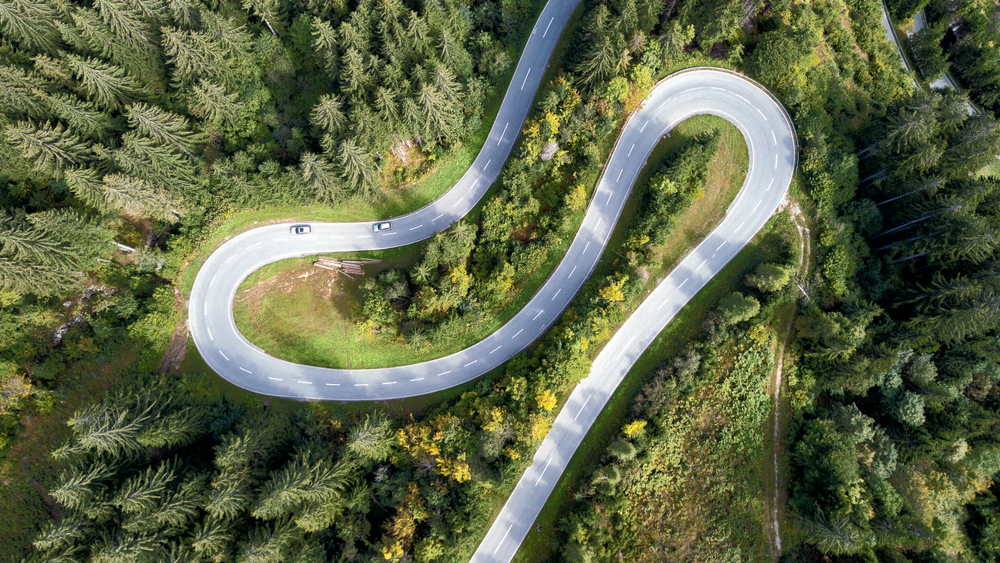
How does one even prepare for such an epic journey? For me, preparation was virtually nonexistent, which was a total (and hilarious) rookie move.
After learning from my blunders, this list is compiled with knowledge and love:
Bike must-haves include bungee cords, a luggage rack, wrenches for repairs, and a helmet.
A dry-fit long sleeve shirt is necessary for sun protection and safety, in case you get into a little fender bender. Get a light color; that sun can be harsh.
One pair of pants if you want to dress protectively. Also, it can get chilly up in the mountains.
Rain gear is a priority and you’re going to need it. Get a rain cover for your backpack, and grab a poncho while you’re at it.
A cross-body bag or fanny pack will give you quick access to things like your phone and wallet while en route, instead of having to dig for them.
A portable phone charger, because GPS is about to be your lifeline.
Sunglasses to look super cool and protect from glare.
Choosing a route: beach, mountains, or both?

There’s a route for every type of traveler in Vietnam. I took a hybrid route that included cities, mountains, and nice long stretches of the coast. Most backpackers blaze their own trails, but there are a few popular routes listed online that can help with planning.
Upon looking at a map, your first inclination might be to take Highway QL1A. While it’s unavoidable at points, it’s actually not the greatest place to be on a motorbike. It’s often flooded with massive trucks, congestion, and not much scenery.
The historical Ho Chi Minh Trail is the best way to travel on a motorbike. It has all the stunning scenery you’ve been waiting for, with a lot less traffic and many more small places to see along the way. It snakes in and out of the mountains and can easily be entered and exited depending on what you wish to see.
From Hoi An to the Hai Van Pass, Vietnam has no shortage of amazing destinations to stop at along the way.
Where to hang your helmet at night
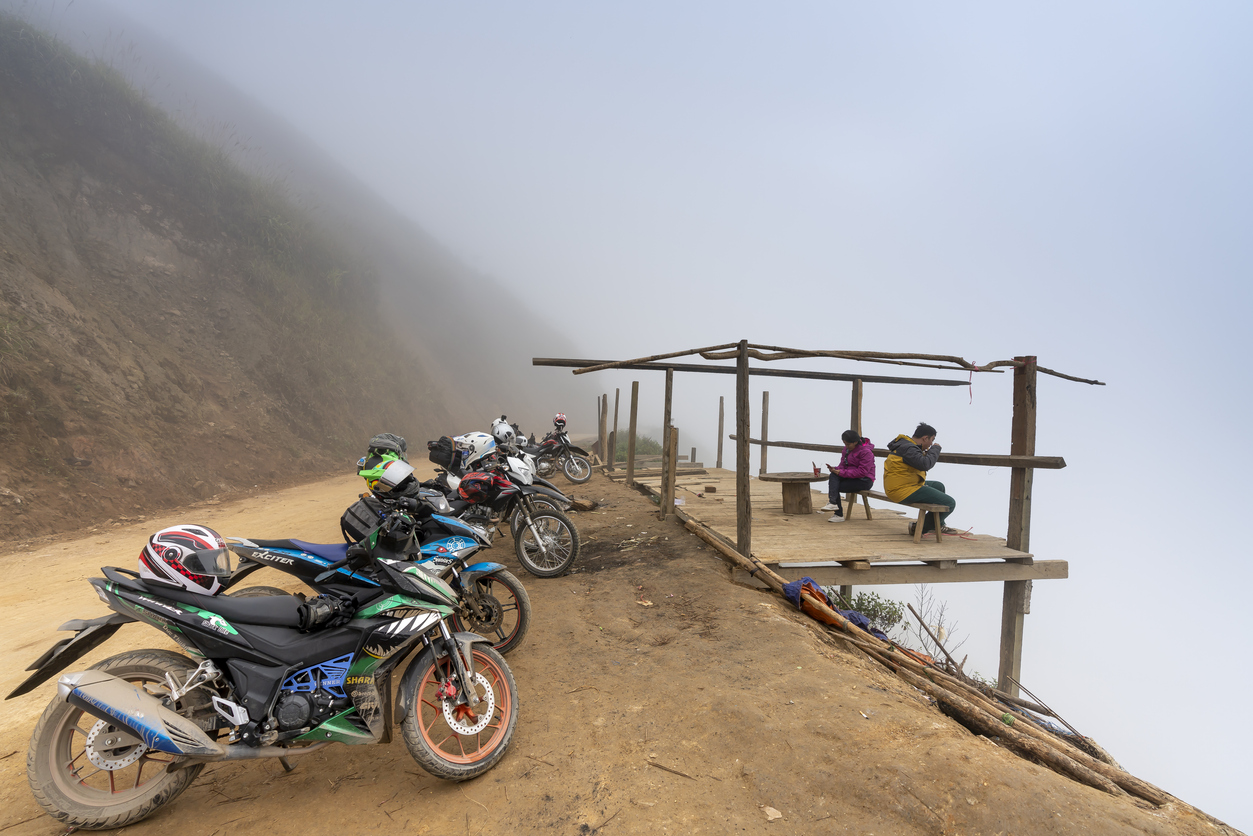
Hotels are available throughout the country, and hostels can be found in most of the bigger cities. In lesser-touristy areas, hotels will be your only option, but they’re essentially never more than $15-20 per night. If you’re looking to be even cheaper, hostels have prices hovering around $3-7 for a dorm bed. Hostelworld is the preferential search engine for backpacker lodgings, whereas Booking.com is useful for extensive listings, even in cities that rarely see visitors.
One tip: don’t book more than a day in advance, because you never know what types of delays you’ll encounter.
Reselling your bike at the end of the journey
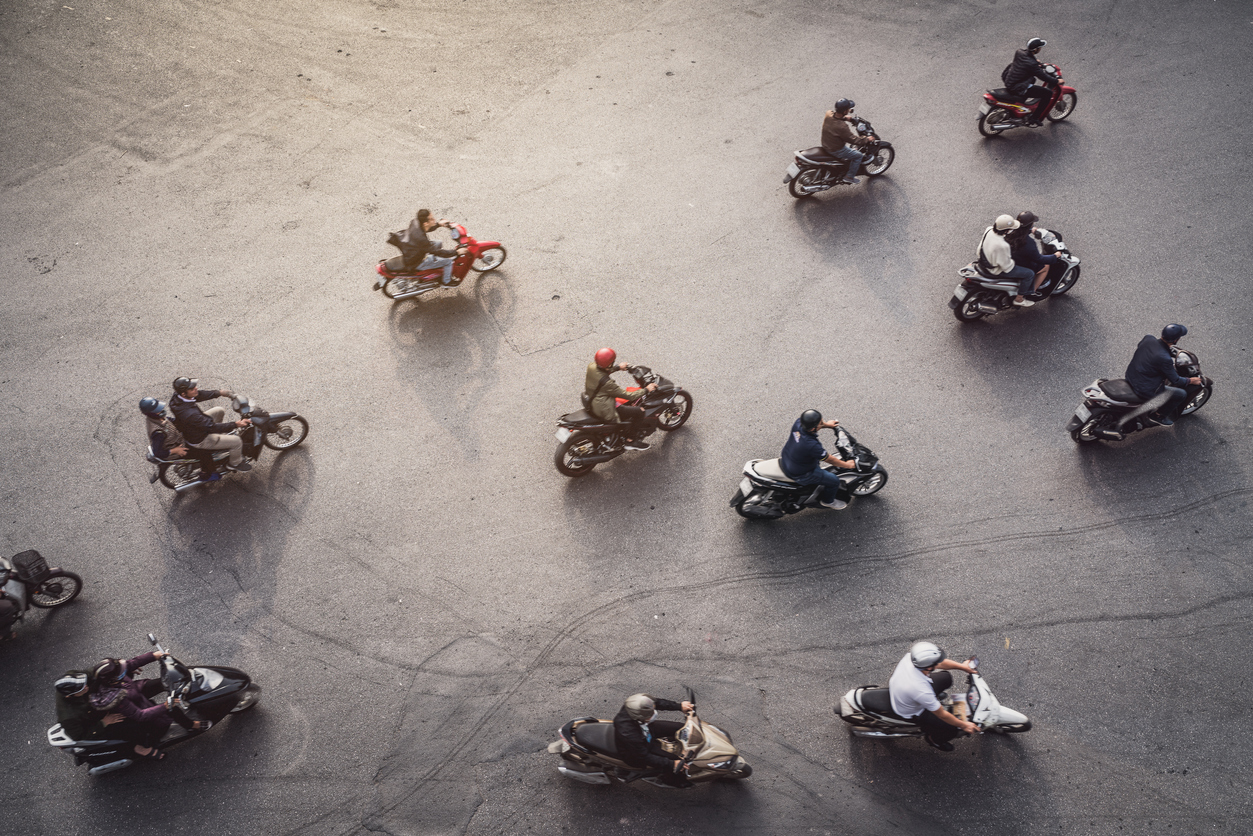
After a whirlwind adventure of over 1,000 miles, your bike feels like a sibling at this point. It’s time to grab a celebratory rooftop beer and a bánh mì, because completing a ride across Vietnam is one hell of an accomplishment.
Saying goodbye is never easy, but neither is shipping a motorbike across the ocean. Here’s how to sell your bike at the end of the journey.
Post about it online
Before you arrive in your final city, start marketing your bike online. Try local Craigslist and Vietnam Motorbikes for Sale or Rent. Be sure to include photos, quality details, and your best persuasive writing.
Make a poster for hostel bulletin boards
Get creative on Microsoft Word and make a flyer to post in different hostels. Include your WhatsApp number for easy contact.
Sell it to a local dealer or mechanic
If you haven’t had success selling your bike to another traveler, you can always approach a local dealer or mechanic. You probably won’t make as high of a sale, but it’s a surefire way to pass it on quickly.